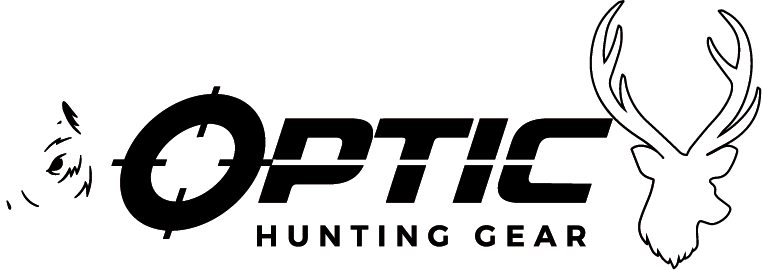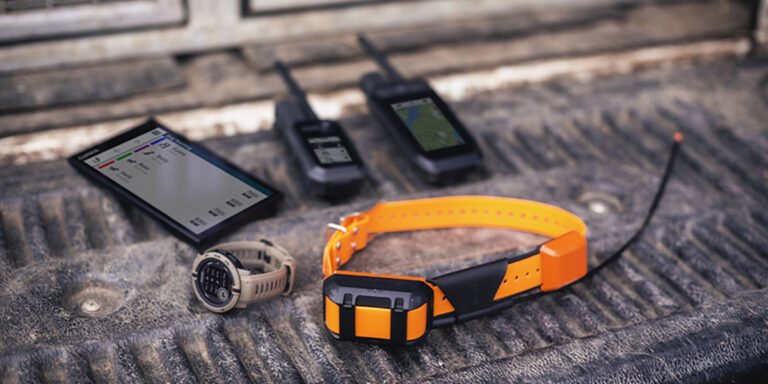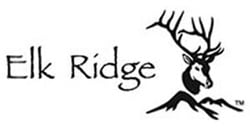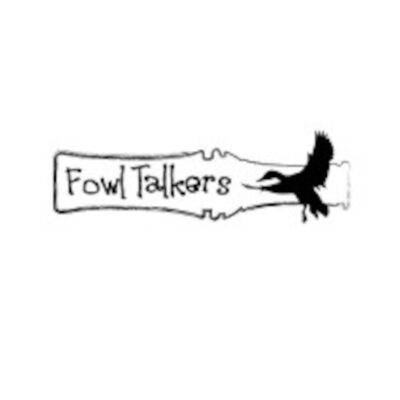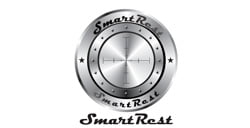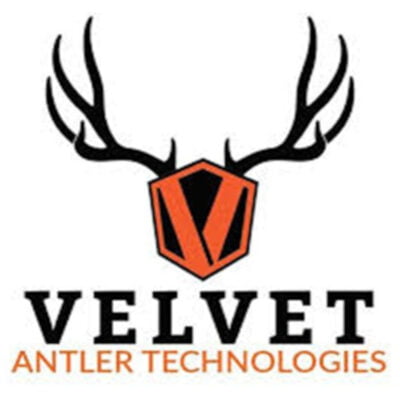No products in the cart.
Training collars and tracking collars are both commonly used tools in hunting dog training, but they serve distinct purposes and have different functionalities. Here are the key differences between training collars and tracking collars:
Training Collars:
Training collars, also known as remote training collars, are designed to aid in the training and control of hunting dogs. They are typically composed of a collar with a receiver unit and a handheld transmitter. The transmitter allows the handler to deliver various types of stimuli to the dog remotely, such as vibration or sound. The purpose of these stimuli is to provide feedback and reinforcement to the dog during training sessions.
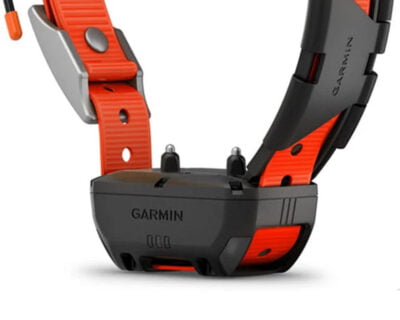
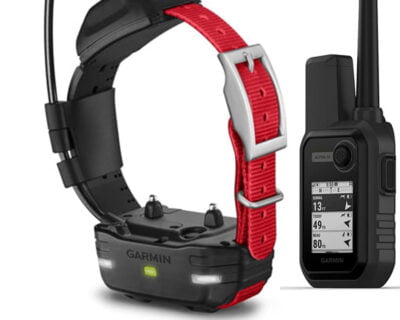
Training collars are primarily used for teaching commands, correcting undesirable behaviours, and reinforcing obedience. The handler can use the remote transmitter to issue commands and apply appropriate corrective measures when necessary. The range of these collars varies but can extend up to several hundred yards, allowing handlers to maintain control even at a distance.
Tracking Collars:
Tracking collars, on the other hand, are specifically designed to monitor and locate hunting dogs during a hunt. They are primarily used for tracking the dog’s location and movements in real-time. Tracking collars consist of a collar with a GPS receiver unit and sometimes additional features like radio transmitters. The GPS technology enables the handler to track the dog’s location on a handheld receiver device or smartphone, displaying it on a map.
![]()
![]()
Tracking collars are useful for maintaining situational awareness of the dog’s position, especially in thick or vast hunting terrains. They allow hunters to monitor their dogs’ movements, track their progress, and retrieve them if necessary. Some tracking collars may also offer additional features like distance measurements, historical tracking data, and even alerts if the dog strays beyond a pre-set boundary.
![]()
In summary, training collars are primarily used for obedience training and behaviour correction, providing remote feedback and reinforcement to the dog during training sessions.
Tracking collars serve the purpose of monitoring the dog’s location and movements in real-time during hunting activities, allowing handlers to track their dogs and ensure their safety. Both collars play different roles in the training and management of hunting dogs, contributing to a successful and controlled hunting experience.
